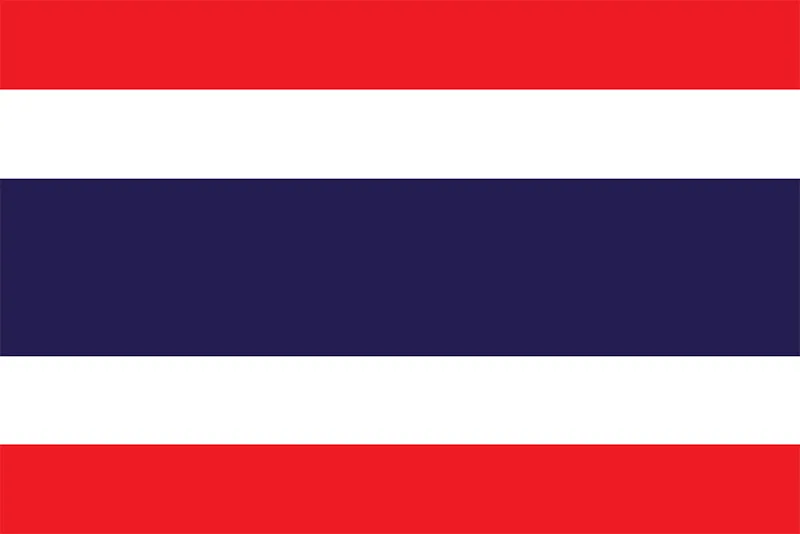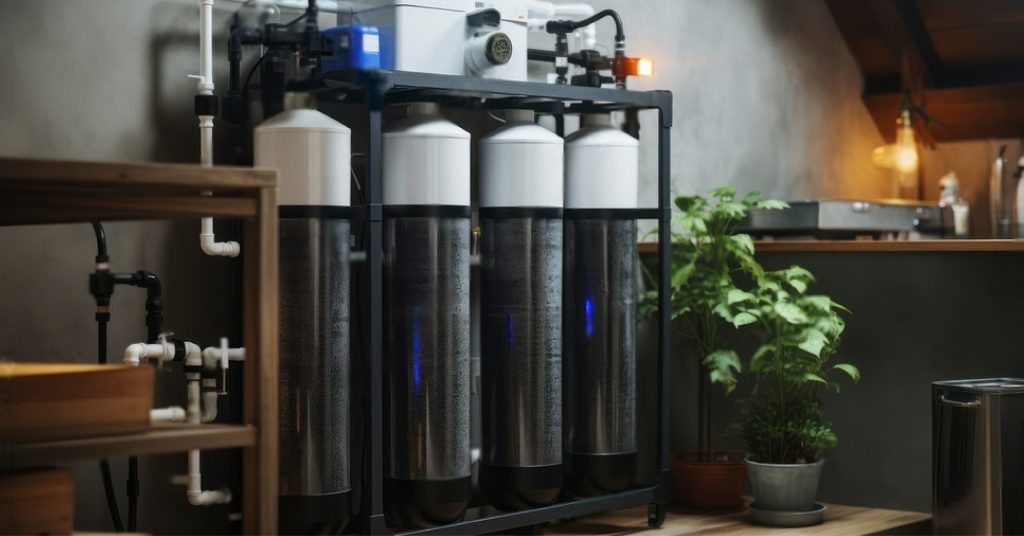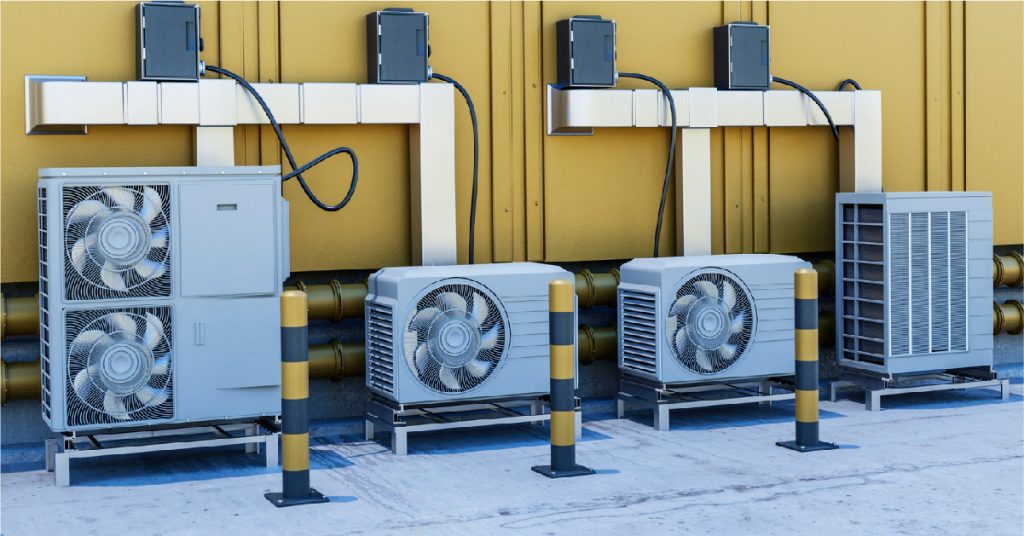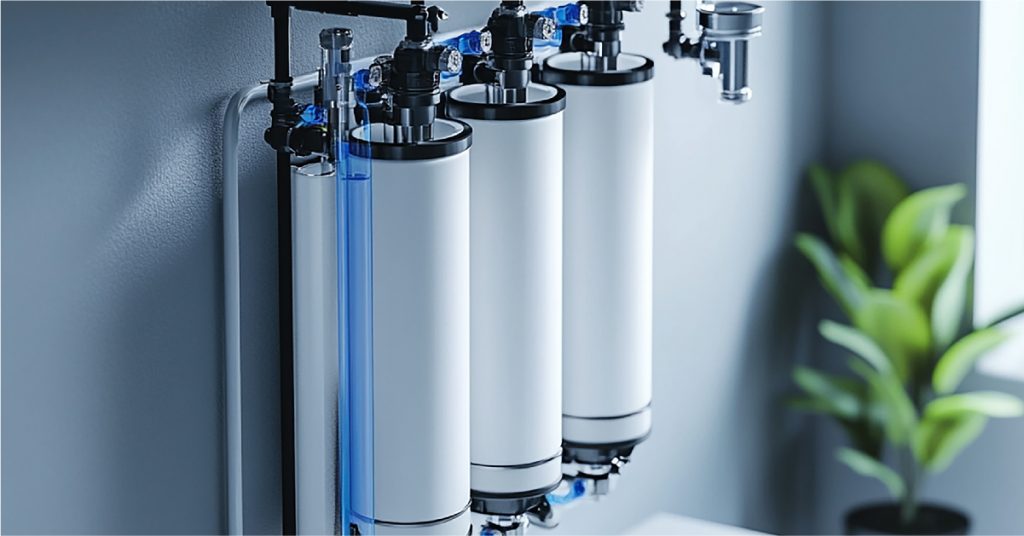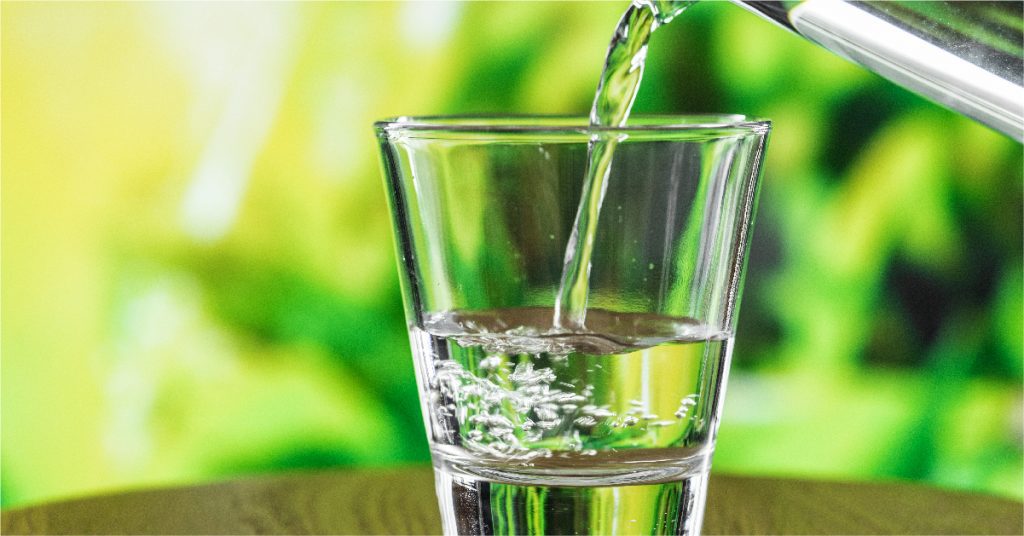Effective wastewater treatment is crucial for Thailand’s sustainable development and environmental preservation. As the country struggles with rapid industrialization and urbanization, the importance of efficient wastewater management becomes increasingly evident. Traditional wastewater treatment methods often fall short of meeting the growing demand for clean water and minimizing environmental pollution.
Membrane Filtration Technology by Ion Exchange emerges as a game-changer in revolutionizing wastewater treatment in Thailand, offering innovative solutions to address the complex challenges faced in traditional wastewater management.
The Thailand Wastewater Treatment Landscape
Thailand’s water resources play a crucial role in supporting various sectors, including agriculture, industry, and tourism. However, rapid population growth and industrial expansion exert pressure on these resources, leading to water scarcity and pollution. Environmental regulations aim to mitigate these challenges by imposing standards for wastewater discharge and treatment. Membrane filtration companies specializing in water and wastewater management in Thailand play a pivotal role in implementing these regulations and ensuring the sustainable use of water resources.
Emerging Trends and Innovations in the Wastewater Treatment Industry
In response to the growing challenges of wastewater management, Thailand is witnessing emerging trends and innovations in the industry. These include:
- Adoption of Advanced Technologies: These technologies, including reverse osmosis and ultrafiltration, are gaining prominence for their efficiency in treating wastewater and producing high-quality effluent.
- Sustainability Initiatives: Initiatives focused on water reuse and resource recovery aim to reduce the environmental impact of wastewater discharge and promote sustainable water management practices.
- Integration of Smart Solutions: The integration of smart monitoring systems and data analytics enhances the efficiency and reliability of wastewater treatment processes, leading to improved operational performance.
- Public-Private Partnerships: Collaborations between government agencies, private companies, and research institutions facilitate knowledge exchange and technology transfer, driving innovation in wastewater treatment in Thailand.
Ion Exchange’s Cutting-Edge Membranes
Ion Exchange’s HYDRAMEM stands at the peak of membrane technology, offering high-performance solutions for various applications. These membranes, including Reverse Osmosis (RO), Nano Filtration (NF), and Ultra Filtration (UF), are crafted with thorough attention to quality and decades of expertise, making them the go-to choice for industrial, institutional, and domestic needs.
With a legacy spanning over six decades in water and wastewater management, Ion Exchange stands as a trailblazer in membrane filtration, particularly in regions like Thailand. The state-of-the-art facilities where HYDRAMEM membranes are manufactured exemplify the latest advancements in membrane technology. Rigorous quality assurance measures ensure the unwavering quality of these membranes, strengthening their position as the preferred choice worldwide across various sectors.
HYDRAMEM REVERSE OSMOSIS (RO) Membrane
The HYDRAMEM RO Membranes consist of a cross-linked, fully aromatic polyamide (thin film) composite and are available in four main categories: low-pressure, brackish water, foul-resistant membranes, and seawater elements.
- LOW-PRESSURE RO MEMBRANE: The HYDRAMEM low-pressure elements, operate effectively at minimal feed pressure. This distinctive characteristic results in significantly lower energy consumption and operational costs for RO systems treating low-salinity water. With high salt rejection and permeate flows, HYDRAMEM low-pressure membranes are suitable for a wide range of domestic, industrial, and institutional applications.
- BRACKISH WATER RO MEMBRANES: The HYDRAMEM brackish water elements offer exceptional rejection rates and optimal permeate flow, making them a top choice for various applications. These membranes are ideal for producing drinking water, and high-purity water, and treating both processed and treated wastewater. HYDRAMEM brackish water RO membranes are specifically designed for institutional and industrial use.
- FOULING RESISTANT MEMBRANES: The HYDRAMEM FRE is engineered to withstand organic and inorganic impurities as well as biofouling, ensuring superior performance even in challenging conditions. This unique chemistry enhances membrane efficiency, making it highly effective in treating complex effluents.
- SEA WATER RO MEMBRANES: HYDRAMEM Seawater Element (SWE) utilizes spiral-wound composite membranes, delivering top-notch water quality while reducing overall costs. Recognized for its high-performance attributes, HYDRAMEM SWE ensures reliability and consistent operation, meeting stringent water quality standards. The advantages of HYDRAMEM SWE include superior rejection rates for NaCl and boron, crucial for industrial and potable water applications, alongside an expanded active surface area that boosts productivity and operating flux. Moreover, HYDRAMEM SWE boasts an extended membrane lifespan and enhanced rigidity, enabling cleaning across a wider pH spectrum (1–13).
ULTRA FILTRATION (UF)
Hydramem Ultrafiltration Modules use hollow fiber membranes engineered to treat diverse water sources such as brackish water (ground, river, and surface), municipal waste, industrial effluents, and seawater for both potable and process applications. These advanced membrane modules, available in Modified PES fibers (Into Out) and PVDF fibers (Out to In) configurations, feature a cutting-edge design with a Molecular Weight Cut-Off (MWCO) of 100,000 Daltons (100 KD), optimizing energy usage while consistently delivering permeate quality with SDI < 3.
NANOFILTRATION (NF)
HYDRAMEM Cross-Linked Fully Aromatic Polyamide (Thin Film) Composite Nano Filtration Elements (NFE) are tailored for industrial use, featuring a robust hard outer shell for enhanced stability against temperature and pH variations. These elements offer superior rejection rates for bivalent ions, making them ideal for applications such as brackish water softening, dye desalting, textile brine treatment, and chemical salt recoveries.
The future of wastewater treatment in Thailand holds promising opportunities for advancements in membrane filtration technology. As the demand for clean water continues to rise, there is a growing need for innovative solutions that can address water scarcity and pollution challenges effectively. Membrane Filtration Companies specializing in water and wastewater management are poised to lead the way by leveraging emerging technologies and sustainable practices to ensure a cleaner and more sustainable future for Thailand.
